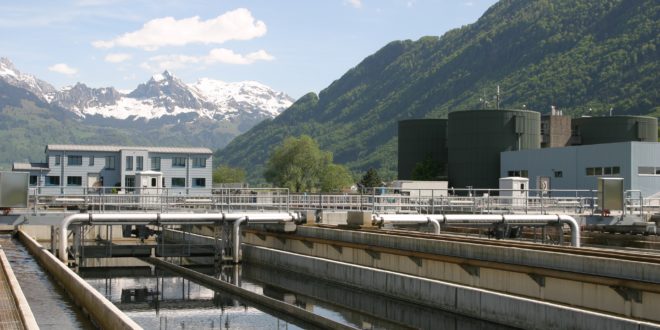The ongoing COVID-19 pandemic has proved challenging to control. As scientists work to understand the virus, the lack of widespread testing has made it difficult to grasp its scope and spread. Recent developments in water filtration technology may have an answer to that problem.
Patient testing is accurate, but it’s a lengthy process and still not available on a full enough scale. Researchers need another way to track the virus, and ideally, one that doesn’t require patients. Filtration technology analyzing wastewater samples could be the solution.
The Relationship Between Pathogens and Wastewater
Some diseases can transmit through dirty water, but that’s not where the ties between pathogens and wastewater end. According to the CDC, Sars-CoV-2 is present in wastewater and patient feces, even though it doesn’t spread that way. The virus’s genetic code is there, though it’s inactive.
It’s not just COVID-19 that researchers have found in wastewater, either. Other related viruses, like SARS and MERS, presented a similar situation. Wastewater in affected areas contained traces of the virus despite the disease not transmitting from person to person that way.
As viruses move throughout a patient’s body, they may end up in the digestive tract. There, enzymes may dismantle the pathogens, leaving genetic debris across the digestive system. When a patient eliminates, they expel this debris, leaving evidence of the virus even if it’s inactive.
Using Water Filtration Technology to Find Disease Samples
If scientists can find traces of Sars-CoV-2 in human waste, then it stands to reason it would be present in wastewater. Using water filtration technology, researchers could then find evidence of the virus in sewers. Researchers have already implemented this strategy in tracking polio in Pakistan.
Modern water filtration technologies can trap particles as small as 0.45 microns, which is sufficient for pathogen tracking. Even though coronavirus packages are smaller than that, the particles they attach to are not. These filters trap debris that carries the virus’s genetic material.
Looking for virus traces with water filtration technology is a relatively straightforward process. Researchers either place or drag a filter through a wastewater collum, then take it to a lab to analyze. It doesn’t involve any patients or high-tech machinery, and it can collect considerable sample sizes.
Advantages of Wastewater Analysis
Wastewater analysis for tracking COVID-19 or other diseases presents several advantages. First, placing water filtration technology in a sewer system is far easier and cheaper than running patient tests. Wastewater analysis would allow for more widespread tracking.
Another pitfall of patient testing is that people likely won’t seek out tests unless they experience symptoms. Since COVID-19 can spread through asymptomatic carriers, this system may not produce results representing the big picture. Wastewater analysis doesn’t rely on patients volunteering, so it accounts for these asymptomatic carriers.
Water filtration technology is also essential to providing clean water in some areas. Researchers could, therefore, solve two problems at once by installing more of these filters. They would both help track the spread of COVID-19 and provide cleaner water.
COVID-19 and Onward
When one considers medical technology, the image that comes to mind is often one of highly-advanced, sophisticated machinery. Complexity is not always the appropriate answer, though. As seen in this application of water filtration technology, sometimes, a more straightforward solution is a better one.
Tracking COVID-19 through wastewater is more affordable and possibly more accurate than other methods. With these advantages, researchers could acquire a larger sample size, giving them more complete information. This solution could represent a substantial step forward in coronavirus research.
The benefits of wastewater tracking don’t end at the COVID-19 pandemic, either. Just as it grew out of an effort to track polio, scientists can use it to measure future diseases. Filtration technology can help research diseases now and tomorrow.


